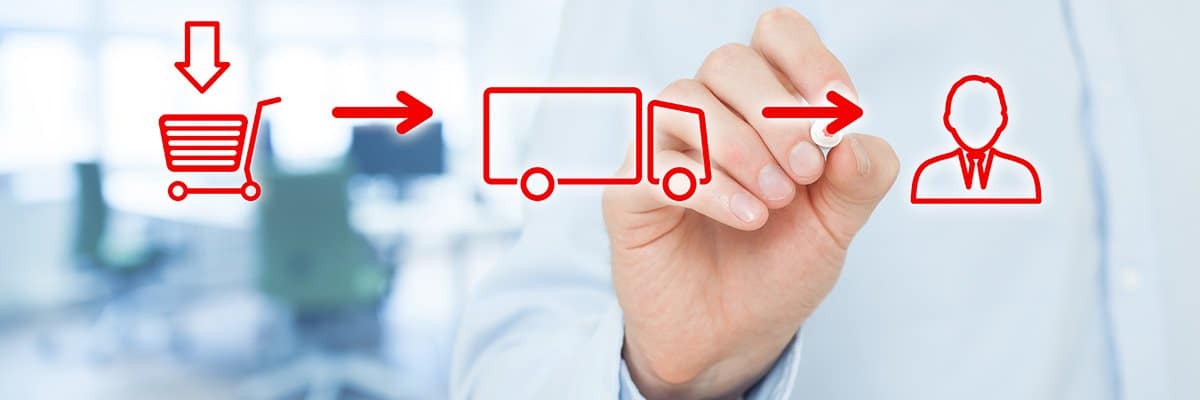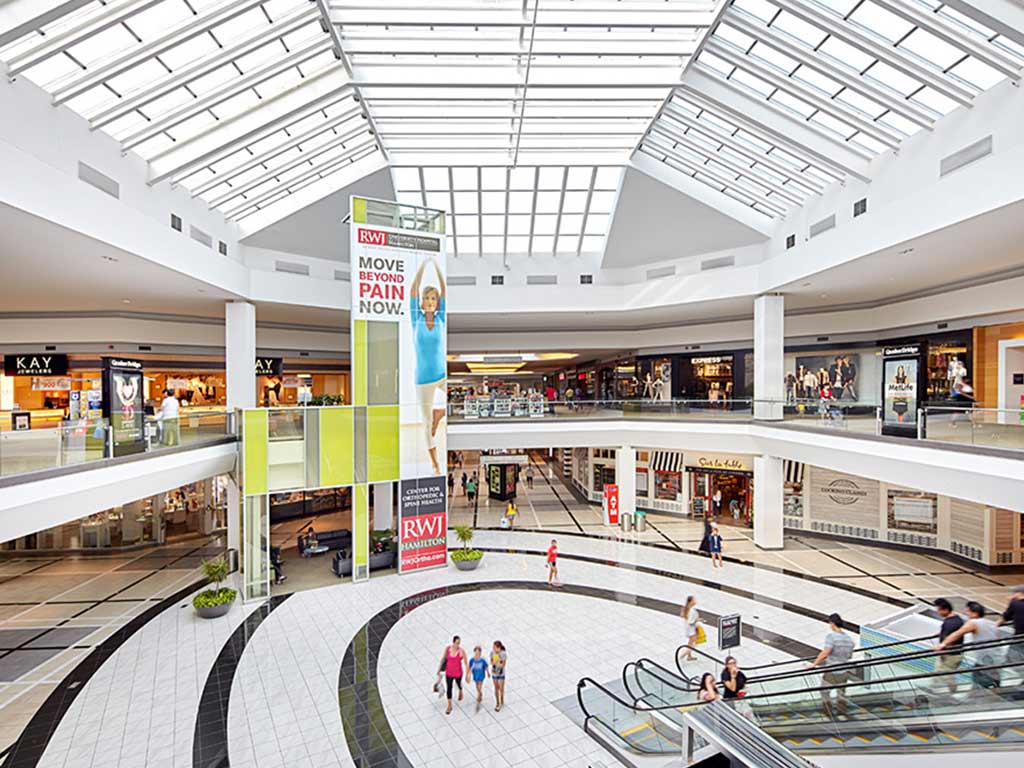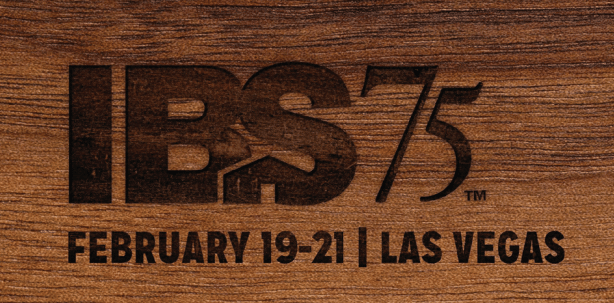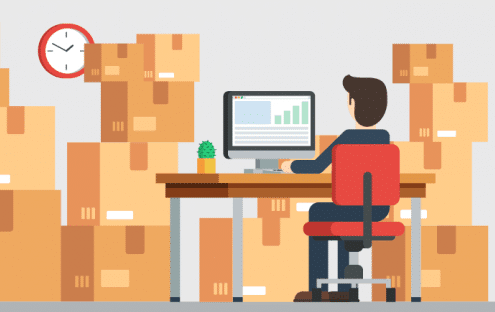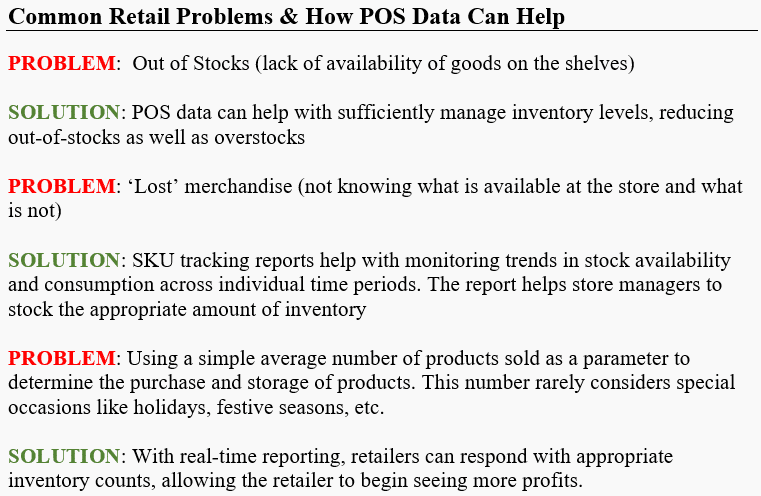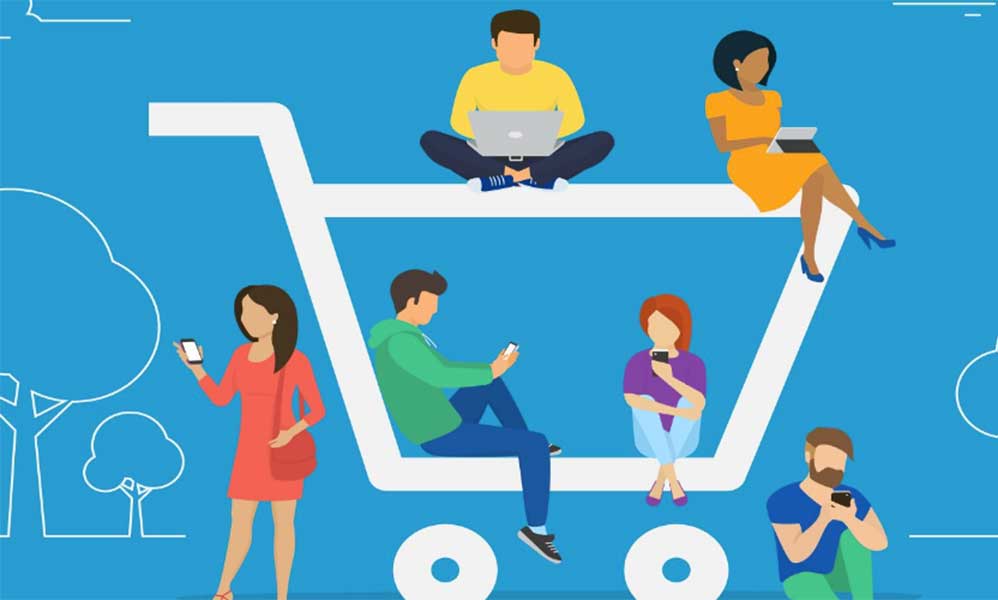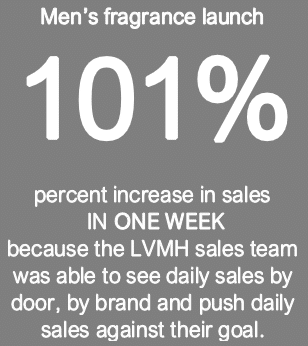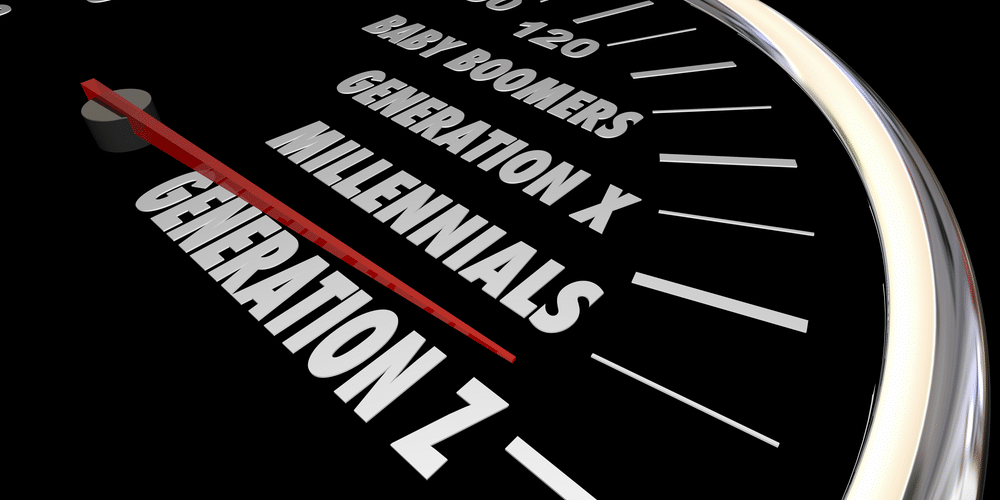
Buy Now
If it seems like Generation Y consumers are always shopping with their phones, well, they are. New research from GfK shows that 73 percent of those ages 29-38 report using a smartphone for shopping over the last six months. That’s compared with just 33 percent of baby boomers (ages 54-72) and 59 percent of Generation X (ages 39-53). Boomers are still most likely to use a home computer or laptop, GfK reports, and Generation Y is the most likely of the generations to use a tablet.
The report, part of GfK’s FutureBuy series, also notes that younger shoppers are more enthusiastic about mobile payment. More than half of those in Gen Y and Gen Z (ages 19-28, combined) find mobile payment easier, faster and more efficient than other methods; just under half say they prefer to pay with a mobile device. For boomers, those numbers are substantially lower, with only 11 percent favoring mobile payment.
One thing that is consistent across generations — and might be of note to retailers — is concern about the perceived risks of paying by mobile, felt by 57 percent of Gen Z and 61 percent of boomers. – NRF STORES
Know your consumer base
“In the quest to build relationships with shoppers, your executions need to consider the generational profiles of your target. Programming that might be highly encouraging to a Gen Y shopper risks falling flat with a boomer. Knowing your audience has never been more important.” Joe Beier, GfK executive vice president of consumer insights
Do you know your shoppers? Can you specifically accommodate Gen Z? Baby boomers? Millennials?
Surely you have some knowledge about differences between generations. It’s easy to spot the differences through everyday life; you’ve almost certainly gained some familiarity through magazine/news articles, listicles, Internet chatter and pop culture – even a television show called Survivor: Millennials vs. Gen X. Based upon what you’ve heard/seen/read, can you identify the different generations based upon their shopping habits?
In the year 2000
Right around the turn of the century, the subject of generations working together in the workforce was a source of a new kind of curiosity. Considered a unique situation not observed at any time in the past, the multi-generational workforce was the subject of many published studies by curious researchers. The consensus reached by these researchers is that this perfect storm has occurred due to two chief simultaneous occurrences:
- older generations are living and working longer; and
- younger generations are entering the workforce sooner in life.
Why?
Purpose. A large portion of Baby Boomers won’t willingly retire until they have some other purpose to serve. When they do retire, they leave their job roles open to the next generation to fill; however, the generation following the Boomers, Gen X, is the smallest of all generations (so far). More open jobs + not enough Gen X-ers to fill them equals opportunity for Gen Y-ers to vie for the promotions that will put them into those roles. Hence, younger generations are influencing the culture of the workplace sooner than preceding generations.
Then and Now
The documentation produced by the studies of 2000-2001 proved to be useful in helping different generations learn to understand each other at that time. This documentation, while interesting and helpful, did not seem to account for demographics or personal/familial history, which are HUGE factors in shaping how an individual prioritizes his or her next move. However, the studies proved to be a good jumping off point, and evolving studies will help to form a more complete story. Think about how vastly different the 90s were from the 2000s. Many things affected society that nobody ever even considered before, such as 9/11, technology and how we use it to stay constantly plugged in, a popped housing bubble followed by a deep recession, the first black US president, and so on. These events have changed the way we see life as a whole, our values, and how we each individually live our day-to-day lives. It makes you wonder what is to come in the next decade that we haven’t even thought of yet, how it will continue to change society, and how people in different generations will keep up with the constant evolution.
Going Forward
The world certainly seems smaller these days. However, perception still differs from person to person, depending heavily on upbringing, demographics, beliefs, age etc. Differences in outlook are not meant to drive a wedge between different groups of people, but instead to drive empathy, interaction and understanding. The retail landscape depends on different outlooks coming together to fill everyone’s shopping needs. While generational stereotypes exist, it’s important to avoid automatically categorizing consumers based upon their age, just as we know to avoid stereotyping consumers by skin color, gender, disability, etc.
That said, the evolution of society continues to snowball, resulting in varying opinions regarding beginning and ending dates establishing generational boundaries. According to Kent State, researchers now describe the post-1980 generations in three groups, based on a number of certain factors.
The dates below are averaged ranges from a handful of studies.
- Gen Y – born 1980 – 1985
- Millennials – born 1986 – 1995
- Gen Z – born after 1995
The biggest societal jump happened between Millennials and Gen Z with the rapid evolution of technology. Admittedly, we as a society have a marked tendency to define the generations by their use of technology. The defining categorizations are as follows:
Gen Y are tech literate. Close to late teens/early adulthood during the advent of rapid technological advancements, Gen Y has adapted to the technological landscape, but can fondly remember a childhood before the tether of the Internet and mobile devices.
Millennials are tech–savvy. The most staggering leaps in technological advancement happened during the formative years of Millennials’ childhood.
Gen Z are digital natives. Unlike the Millennials before them, Gen Z kids were born into the majority of advanced tech of today, and played with tablets and smartphones rather than ride bikes and climb trees.
Gen Y and Millennials learned technology as it became available to them. As such, best practices for use were not yet established, causing unforeseen havoc as technology continued to advance to the point that private information posted on social media began to creep into the professional lives of unsuspecting young professionals when employers began ‘social-stalking’ employees and prospective employees to help determine employment viability. Digitally-native Gen Z-ers, however, grew up with the lessons (learned the hard way by their Gen Y and Millennial parents) and thus are inherently smarter with privacy, info sharing, discernment of clickbait, catfishing and fake news sites, than their predecessors.
Of course, we are still learning on our feet. Gen Z is working its way into the workforce and therefore into the retail landscape. As we continue to learn by trial and error, we’re taking notes and learning to adjust and adapt quickly enough to satisfy the needs of all consumers – that’s the goal, anyway. From differences in preferred means of communication (where do you market your products or services to each generation? Email? Traditional mail? Snapchat?) to rapidly changing everything, the perceptions and experiences of each generation are important ingredients to forming and figuring out what’s next – not just in retail, but in all parts of this thing we call life.
Sources: Stores.org, NRF’s online magazine; Kent.edu

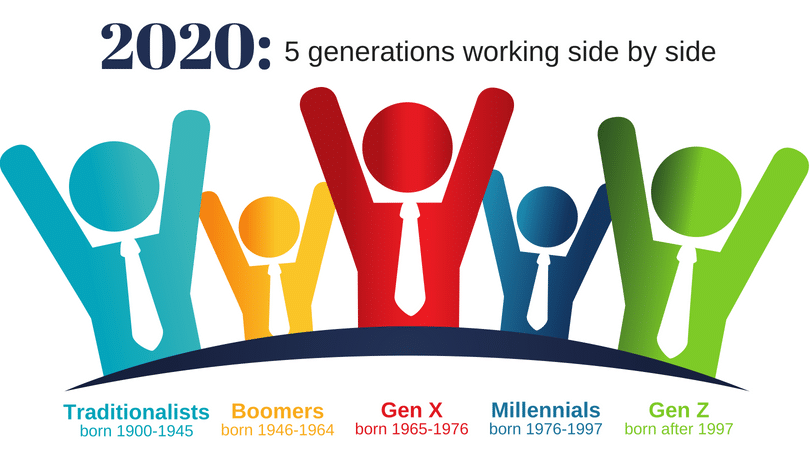



 It doesn’t matter what you’re selling – every sales cycle contains stages. These sales cycle stages can vary depending on the industry your company serves, so keep that in mind as we reveal each stage.
It doesn’t matter what you’re selling – every sales cycle contains stages. These sales cycle stages can vary depending on the industry your company serves, so keep that in mind as we reveal each stage.